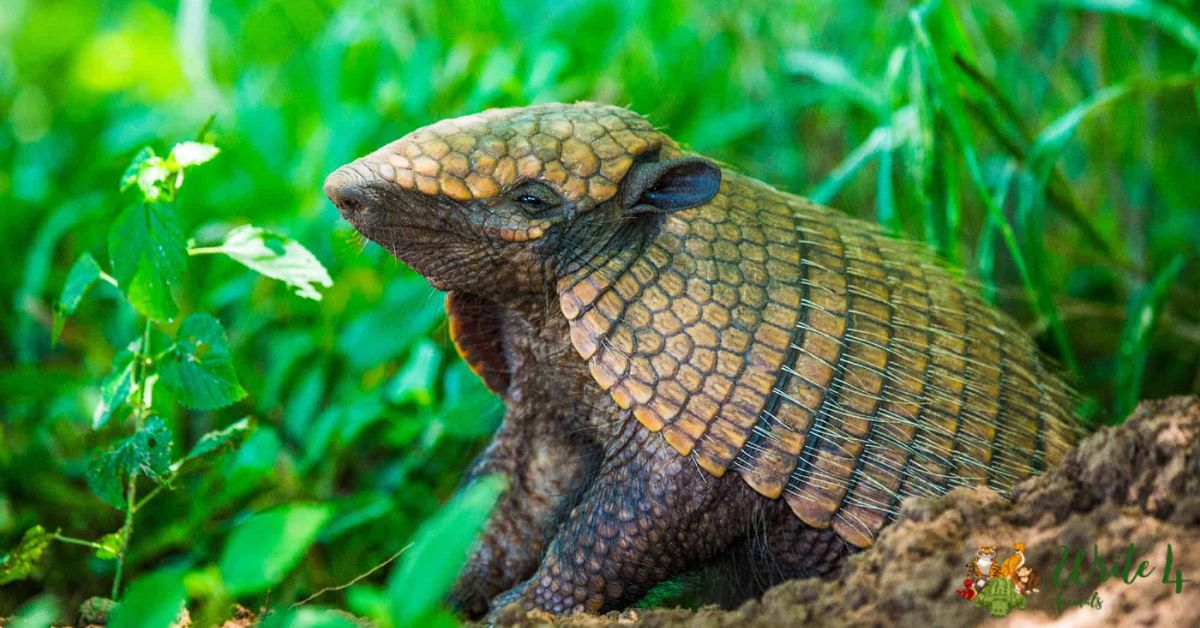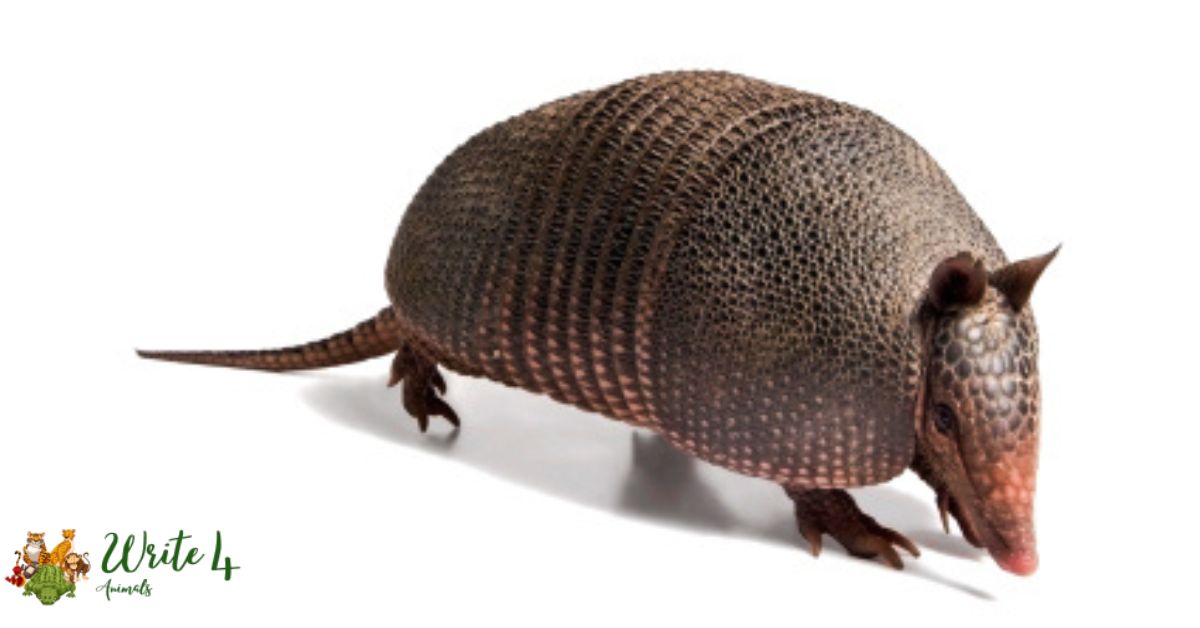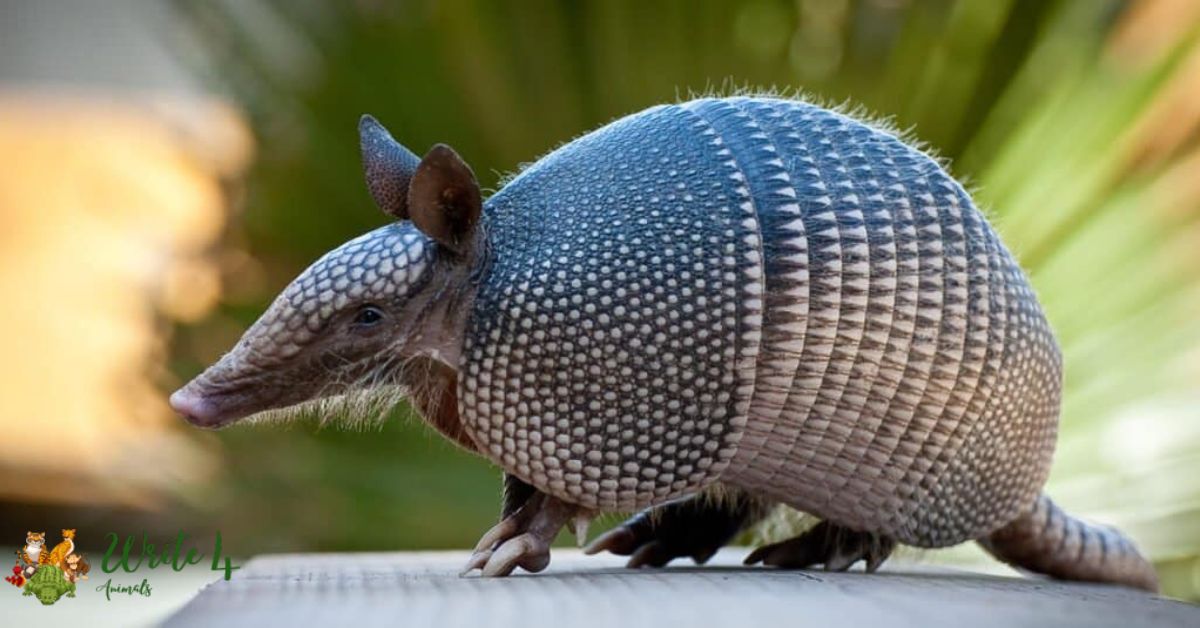In the vast realm of wildlife, there exists a plethora of fascinating creatures, each with their unique traits and behaviors. The armadillo, a small mammal known for its armored shell and distinctive appearance, is no exception. While armadillos have captured the curiosity of many nature enthusiasts, one aspect of their lives often overlooked is their droppings – armadillo poop! In this blog post, we embark on a detailed exploration of armadillo poop, shedding light on its significance, composition, and impact on ecosystems.
Armadillo Poop: Everything You Need to Know
1. Identifying Armadillo Poop
Physical Characteristics of Armadillo Droppings:
Armadillo droppings, also known as scat, possess certain physical characteristics that can help identify them. Armadillo poop typically has a cylindrical shape and resembles small, elongated pellets. The ends of the droppings may be slightly tapered or pointed. The texture of the scat is relatively dry and crumbly, similar to a hardened clay consistency. It can vary in color depending on the armadillo’s diet, ranging from dark brown to light tan.
Size and Shape Variations:
The size and shape of armadillo droppings can vary depending on factors such as the species of armadillo and its diet. On average, armadillo scat measures around 1 to 1.5 inches in length and approximately 0.5 inches in diameter. However, these dimensions may differ slightly based on the armadillo’s size and age. Young armadillos generally produce smaller droppings compared to adults. The shape of the scat is typically cylindrical, but it may vary in terms of tapering at the ends or having a more uniform shape.
2. Understanding Armadillo Diet through Poop Analysis
Examining Armadillo Scat Contents:
Analyzing the contents of armadillo scat can provide valuable insights into their diet. Armadillos are omnivorous creatures, feeding on a wide range of food sources. By dissecting their droppings, researchers can identify plant matter, such as seeds, grass, leaves, and fruit remnants. Additionally, they may find evidence of invertebrates, including insects, larvae, ants, termites, and beetles, which are a crucial part of the armadillo’s diet. The presence of bone fragments or shell pieces could indicate the consumption of small vertebrates or crustaceans.
Impact of Diet on Armadillo Poop:
The diet of an armadillo directly affects the characteristics of its scat. A diet rich in plant material, such as fruits and vegetation, can result in softer and more fibrous droppings. On the other hand, if the armadillo consumes a significant amount of insects and other invertebrates, the scat may contain harder, drier components due to the higher protein content. Understanding the relationship between an armadillo’s diet and its scat can provide insights into its ecological role and behavior within its habitat.
3. Armadillo Poop Collection Techniques
Locating Armadillo Latrines:
Armadillos often create designated areas for defecation, known as latrines. Locating these latrines is a crucial step in collecting armadillo poop samples. Armadillo latrines can be identified by the presence of numerous droppings concentrated in a particular area. These latrines are commonly found near the armadillo’s burrows or along their foraging routes. By observing armadillo activity patterns, such as their preferred feeding areas or burrow locations, researchers can increase the chances of discovering these latrines.
Gathering Armadillo Fecal Samples:
Collecting armadillo fecal samples requires careful handling to ensure accurate analysis. When collecting scat, researchers typically wear gloves to minimize the risk of contamination. It is essential to use clean tools, such as tongs or a scoop, to avoid altering the composition of the droppings. Multiple samples should be collected from various locations within the latrine to account for potential variations in diet or individual armadillo habits. The samples can then be stored in sealed containers or plastic bags and transported to a laboratory for further analysis.
4. Armadillo Poop and Environmental Sign
A. Armadillo Poop as a Source of Nutrients:
Armadillo poop plays a significant role in recycling nutrients within ecosystems. As armadillos consume a variety of plant material and invertebrates, their droppings contain a rich mixture of organic matter. When deposited on the ground, the scat decomposes and releases nutrients back into the soil. This process contributes to the nutrient cycle, ensuring the availability of essential elements for plants and other organisms.
B. Role of Armadillo Feces in Ecosystems:
Armadillo feces also have ecological implications beyond nutrient recycling. The distribution of armadillo droppings can influence plant growth and seed dispersal. Armadillos often create latrines in specific locations, concentrating their droppings in one area. This concentrated deposition of scat can act as a natural fertilizer, enhancing soil fertility and promoting the growth of certain plant species.

Furthermore, armadillo droppings can serve as a seed dispersal mechanism. Seeds consumed by armadillos pass through their digestive system relatively intact and are subsequently deposited in the scat. As the armadillo moves around its habitat, it inadvertently spreads these seeds, contributing to plant colonization and diversity.
The decomposition of armadillo scat also attracts various detritivores and decomposers, such as insects and microorganisms. These organisms break down the droppings, further aiding in nutrient release and recycling. Additionally, armadillo scat can act as a food source for certain scavengers and omnivorous species, contributing to the food web dynamics within an ecosystem.
5. The Science Behind Armadillo Droppings
A. Microbial Analysis of Armadillo Feces:
Microbial analysis of armadillo feces involves studying the microorganisms present in the droppings. Researchers can examine the bacterial, fungal, and viral communities within the scat to gain insights into the armadillo’s gut microbiome and its potential interactions with the environment. By identifying and characterizing these microbial communities, scientists can better understand the armadillo’s digestive processes, nutrient utilization, and overall health. Microbial analysis of armadillo feces can also contribute to broader studies on microbial ecology and biodiversity.
B. Studying Armadillo Poop for Research Purposes:
Armadillo poop serves as a valuable resource for various research purposes. Scientists can analyze the droppings to investigate aspects such as diet, habitat use, population dynamics, and reproductive behavior of armadillos. By examining the contents of the scat, researchers can identify the presence of specific plant species, assess the abundance of invertebrates, or even detect the DNA of other animals that the armadillo may have consumed. Such research provides insights into the ecological role of armadillos, their interactions with other species, and their overall impact on ecosystems.
6. Armadillo Poop and Health Concerns
A. Potential Diseases Associated with Armadillo Feces:
Armadillo feces can potentially carry certain diseases that can pose a risk to human health. One well-known example is leprosy (Hansen’s disease), which armadillos are known to carry. Although the risk of contracting leprosy from armadillos is low, it is still important to exercise caution when coming into contact with their droppings. Additionally, armadillos may harbor other bacterial or parasitic pathogens that can be transmitted through direct contact with their feces, such as Salmonella or certain types of worms.
B. Safety Precautions for Handling Armadillo Droppings:
When handling armadillo droppings, it is crucial to take safety precautions to minimize the risk of exposure to potential pathogens. Wearing gloves and using appropriate tools for collection can reduce the chances of direct contact. It is also advisable to wash hands thoroughly with soap and water after handling armadillo feces or any equipment used during collection. If there are concerns about potential exposure or if symptoms of illness arise after handling armadillo droppings, seeking medical advice is recommended.
7. Armadillo Poop and Human Interactions
A. Armadillo Poop in Residential Areas:
Armadillos occasionally venture into residential areas, leaving their droppings in yards, gardens, or other outdoor spaces. Their scat can be an indicator of armadillo presence and activity. While armadillos are generally harmless to humans, their digging behavior can disrupt lawns and gardens, causing damage to landscaping. Promptly identifying the presence of armadillos through their droppings can help homeowners take appropriate measures to mitigate potential conflicts and protect their properties.

B. Impact on Gardens and Landscapes:
Armadillo droppings can have both positive and negative impacts on gardens and landscapes. On the positive side, armadillo scat can act as a natural fertilizer, enriching the soil with nutrients and improving plant growth in some cases. However, their digging habits while foraging for insects can uproot plants, damage root systems, and create unsightly holes in lawns or garden beds. Implementing measures such as fencing, repellents, or modifying the environment can help deter armadillos and minimize the impact of their droppings on gardens and landscapes.
8. Unusual Facts about Armadillo Poop
A. Armadillo Poop as a NavigationalTool:
Armadillo poop has been observed to serve as a navigational tool for some species. Armadillos have a tendency to defecate in specific locations, such as their burrows or latrines. By marking these spots with their droppings, armadillos create scent trails that they can follow, helping them navigate back to their burrows or locate familiar areas. This behavior is particularly useful in low-light or nocturnal conditions when visual cues may be limited. By relying on their sense of smell and the presence of their own droppings, armadillos can navigate their surroundings more effectively.
B. Cultural Significance in Folklore and Traditions:
In certain cultures and folklore, armadillo poop holds symbolic or traditional significance. For example, in some Native American traditions, armadillo scat is believed to possess protective qualities and is used in rituals or ceremonies. The droppings may be associated with attributes such as resilience, strength, or adaptability, reflecting the characteristics of the armadillo itself. While these beliefs vary across cultures, they highlight the cultural importance and symbolic associations that can be attributed to armadillo poop in different traditions.
9. Armadillo Poop in the Media and Popular Culture
A. Armadillo Poop in Movies and Television:
Armadillo poop has occasionally made appearances in movies and television, often for comedic or dramatic effect. In some wildlife documentaries or nature-themed shows, armadillo droppings may be mentioned or shown as part of the animal’s behavior or habitat. In other instances, armadillo scat might be included in fictional works as a humorous element or as a plot device. While not a prominent feature, armadillo poop occasionally finds its way into the entertainment media.
B. Armadillo Poop as a Symbol in Art and Literature:
Armadillo poop, like other aspects of nature, has been depicted symbolically in various forms of art and literature. It may be used metaphorically to represent aspects such as transformation, resilience, or adaptability. In artwork, armadillo droppings might be incorporated to convey certain themes or messages. In literature, armadillo poop could be mentioned in descriptions of natural settings or utilized symbolically in allegorical or symbolic narratives.
Conclusion: Insights from Armadillo Poop Research
Armadillo poop research provides valuable insights into various aspects of these unique animals. By examining the physical characteristics and contents of armadillo droppings, scientists can gain knowledge about their diet, habitat use, and ecological roles. Microbial analysis of the scat contributes to our understanding of armadillo gut health and microbial ecology.
Armadillo poop can also have implications for human interactions, including potential health concerns and impacts on gardens and landscapes. Furthermore, armadillo droppings have found their place in media, popular culture, and even traditional beliefs. Overall, studying armadillo poop offers a fascinating window into the biology, ecology, and cultural significance of these armored mammals.
FAQs about Armadillo Poop
[sc_fs_multi_faq headline-0=”h4″ question-0=”What does armadillo poop look like?” answer-0=”Armadillo poop typically has a cylindrical shape resembling small, elongated pellets. The ends may be tapered or pointed, and the texture is dry and crumbly, similar to hardened clay. The color can vary from dark brown to light tan, depending on the armadillo’s diet.” image-0=”” headline-1=”h4″ question-1=”Is armadillo poop harmful to humans?” answer-1=”Armadillo droppings can potentially carry diseases such as leprosy and other bacterial or parasitic pathogens. While the risk of contracting diseases from armadillo poop is generally low, it is advisable to take precautions when handling or coming into contact with it to minimize any potential health risks.” image-1=”” headline-2=”h4″ question-2=”How can I distinguish armadillo poop from other animals?” answer-2=”Armadillo poop can be identified by its unique cylindrical shape, small size (around 1 to 1.5 inches in length), and dry, crumbly texture. The tapered or pointed ends and the variation in color can also help distinguish armadillo droppings from those of other animals.” image-2=”” headline-3=”h4″ question-3=”Can armadillo poop be used as fertilizer?” answer-3=”Armadillo poop, due to its organic composition, can act as a natural fertilizer. When it decomposes, it releases nutrients into the soil, contributing to plant growth. ” image-3=”” headline-4=”h4″ question-4=”Are there any regulations regarding armadillo droppings?” answer-4=”Regulations regarding armadillo droppings may vary depending on local or regional guidelines. In areas where armadillos are considered a nuisance or a potential carrier of diseases, there may be specific guidelines or recommendations for handling and disposing of their droppings. ” image-4=”” count=”5″ html=”true” css_class=””]
Recommended
2. Scott American Bulldog: Everyhting you need to know 2023
3. 10 fastest dog breeds in the world
4. Shiba Inu Dog Price in Usa, India and other Countries 2023
